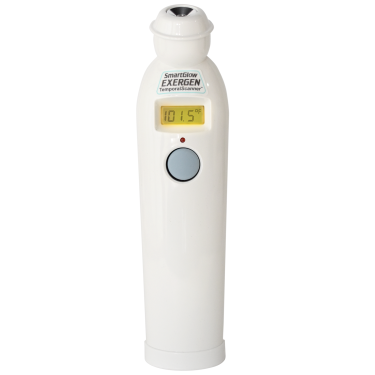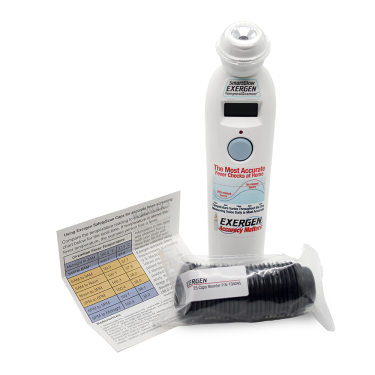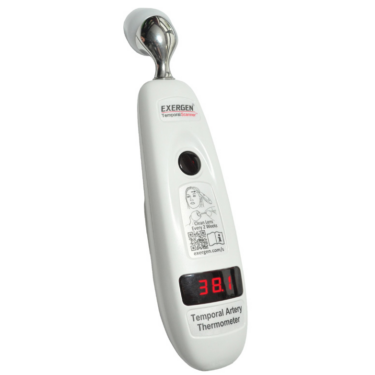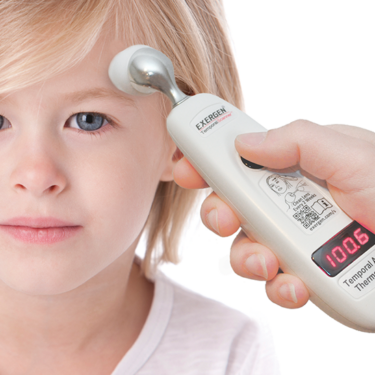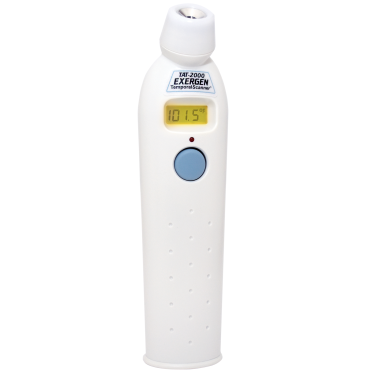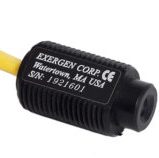As people age, their bodies handle temperature regulation differently. Research published in the Proceedings of the National Academy of Sciences confirms that older adults generally have lower baseline body temperatures and display weaker circadian fluctuations — meaning their natural daily rise and fall in temperature becomes less pronounced with age. This makes detecting a fever, one of the earliest signs of infection, more complicated in seniors.
For caregivers and family members, these subtle physiological shifts raise a pressing question: how can we detect illness in elderly individuals before it escalates? One low-threshold method stands out — regularly checking body temperature, ideally twice a day.
A Blunted Response to Fever
Aging affects how the body perceives and reacts to threats like infection or inflammation. Not only does the immune system weaken over time, but the body’s thermal response becomes muted. In older adults, a fever may not reach the typical 38 °C mark; even a rise to 37,2 °C can signal trouble, particularly in individuals with a resting baseline closer to 36,3 °C.
This underlines the importance of understanding a person’s individual “normal” temperature and tracking subtle shifts. Because the body’s ability to mount a strong fever response declines, infections can go unnoticed until more severe symptoms — such as confusion, fatigue, or dehydration — take hold.
A Case for Routine Monitoring
Regular temperature checks, taken at two key moments — in the early morning and in the evening — can significantly improve the chances of spotting these small but meaningful changes. Studies show that up to 50 percent of fevers are missed if only morning readings are taken. Evening measurements, in contrast, align more closely with the body’s natural peak, offering a better chance of catching atypical temperature elevations.
Twice-daily monitoring builds a simple but powerful health trendline — a personal thermal fingerprint. If deviations occur, they serve as an early warning system long before more visible symptoms emerge.
Technology That Fits the Patient
While the case for regular monitoring is strong, the method of measuring temperature matters just as much. For older adults — particularly those with cognitive impairments, mobility limitations, or sensitive skin — ease of use, comfort, and speed are essential.
That’s where non-invasive devices like the Exergen Temporal Artery Thermometer prove effective. Unlike traditional oral or rectal methods, or even ear thermometers, the Exergen device takes a reading with a gentle scan across the forehead by gently touching it, measuring heat emitted from the temporal artery. This artery offers a reliable reflection of core body temperature due to strong blood flow close to the skin surface.
The result is a fast, accurate, and unobtrusive measurement, a practical advantage in home care, nursing homes, and hospitals alike.
Precision Without Discomfort
The Exergen thermometer’s technology is rooted in arterial heat balance, using thousands of infrared readings per second to calculate an accurate temperature, adjusted for ambient cooling on the skin’s surface. Importantly, it’s validated in over 110 clinical studies and proven reliable across all age groups, including the elderly a population often underrepresented in medical device research.
It’s a solution designed not just for accuracy, but also for dignity: no need for patient repositioning, no discomfort, and no stress particularly important in geriatric care environments.
A Small Routine with Big Payoff
Daily temperature monitoring may not be a diagnostic tool on its own, but it provides a critical piece of the puzzle. especially in older adults, where fever may manifest subtly or inconsistently, spotting deviations from the personal norm can prompt timely medical consultation and potentially prevent serious complications.
Incorporating this into the daily routine using a reliable and easy-to-use tool turns a passive vital sign into an active signal. With tools like Exergen’s Temporal Artery Thermometer, that process becomes not just feasible, but frictionless.
In a demographic where illness often hides in plain sight, twice-daily temperature checks using a non-invasive forehead thermometer can offer peace of mind and early detection. For families, caregivers, and medical professionals, it’s a small investment of time with potentially lifesaving returns.
Source,
Exergen P/N, 850483
